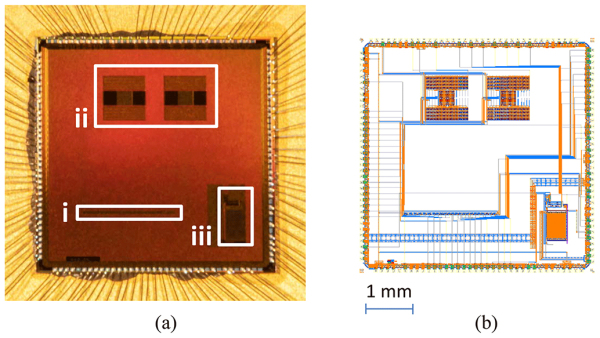At IMS CHIPS (Institut für Mikroelektronik Stuttgart) German researchers have developed a  sensor prototype with a dynamic range of more than 20 f-stops (>120dB). The new principle behind it sounds logical and easy to understand:
sensor prototype with a dynamic range of more than 20 f-stops (>120dB). The new principle behind it sounds logical and easy to understand:
If you imagine a sensor like a bucket, it can overflow if too many photons reach it within the exposure time. This point is called saturation or FullWell. Normal cells then deliver their maximum value at this point, no matter how bright the generating motif is.

The new sensor prototype from Stuttgart, on the other hand, can also pour out its bucket during exposure when it notices that it is full. And not only that. After pouring out, he can count on and even remember how often he had to pour out the bucket within an exposure. By adding up the events, such a scythe can hardly be overexposed. And thus has a much higher saturation value/full wave.
And the whole thing is not only grey theory but now also works in practice on the prototype. Nevertheless, such sensors are not expected for filmmakers in the near future. Because the additional elements for counting and resetting occupy a relatively large chip area in addition to the sensors. But we still like the idea very much...

